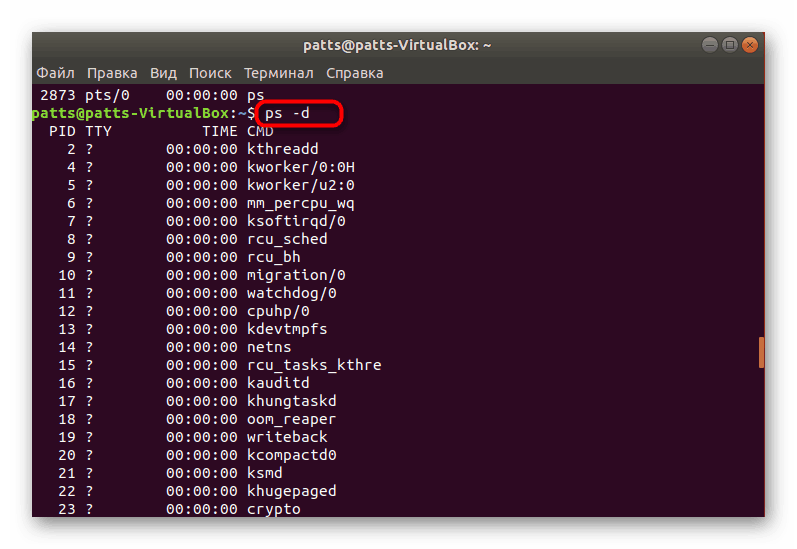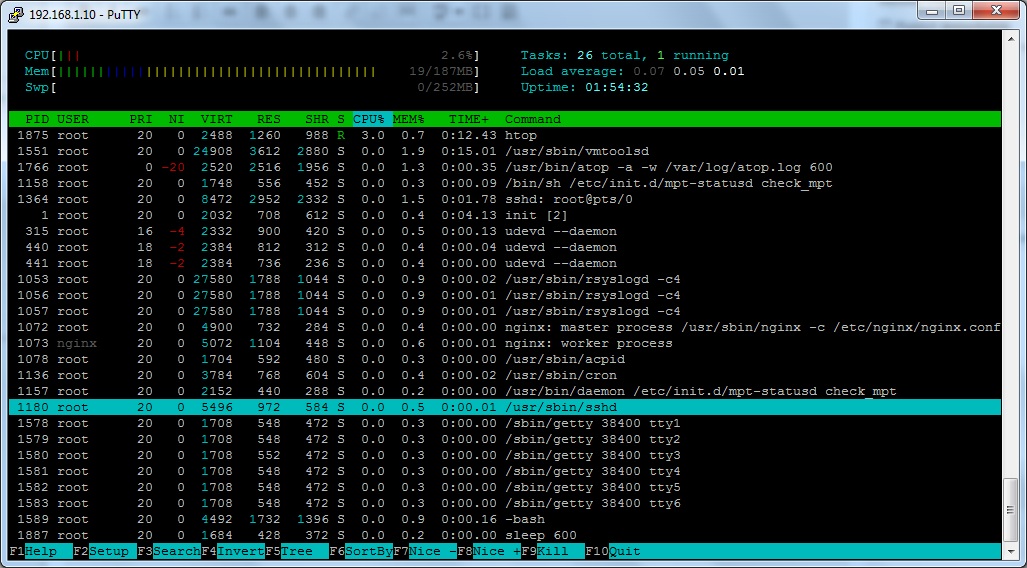
The user can look at the filenames inside the directory.

There are a few differences that need to be mentioned − ReadĪccess to a directory means that the user can read the contents. Directory Access Modesĭirectory access modes are listed and organized in the same manner as any other file. User with execute permissions can run a file as a program. Grants the capability to modify, or remove the content of the file. Grants the capability to read, i.e., view the contents of the file. The basic building blocks of Unix permissions are the read, write, and execute permissions, which have been described below − Read The permissions of a file are the first line of defense in the security of a Unix system. For example, -rwxr-xr- represents that there is read (r) only permission. The last group of three characters (8-10) represents the permissions for everyone else. For example, -rwxr-xr- represents that the group has read (r) and execute (x) permission, but no write permission. The second group of three characters (5-7) consists of the permissions for the group to which the file belongs. For example, -rwxr-xr- represents that the owner has read (r), write (w) and execute (x) permission.

The first three characters (2-4) represent the permissions for the file's owner. The permissions are broken into groups of threes, and each position in the group denotes a specific permission, in this order: read (r), write (w), execute (x) − Here, the first column represents different access modes, i.e., the permission associated with a file or a directory. rwxr-xr- 1 amrood users 1024 Nov 2 00:10 myfileĭrwxr-xr- 1 amrood users 1024 Nov 2 00:10 mydir

While using ls -l command, it displays various information related to file permission as follows − Other (world) permissions − The permissions for others indicate what action all other users can perform on the file. Group permissions − The group's permissions determine what actions a user, who is a member of the group that a file belongs to, can perform on the file. Owner permissions − The owner's permissions determine what actions the owner of the file can perform on the file. Every file in Unix has the following attributes − File ownership is an important component of Unix that provides a secure method for storing files. In this chapter, we will discuss in detail about file permission and access modes in Unix.


 0 kommentar(er)
0 kommentar(er)
